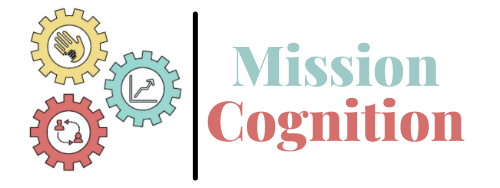If you work with children with autism and related disabilities, I am pretty confident that at some point, you have shown a learner a picture and asked, “How are they feeling?” Good goal, right? Well, that depends…what’s the point of this activity? Often times when we ask that question, we are met with a response along the lines of, “so they can manage their emotions or share how they are feeling?” Ok, so now it’s a great goal, right? At this point, my response would be that this activity is not going to be effective in teaching that skill.
When we teach learners to label the emotions of others, it does not mean that skill will transfer to them labeling their own emotions and certainly doesn’t get them any closer to “managing” them. As a neurotypical adult, I have an expansive vocabulary of emotions words and can use them to label my own emotions and the emotions of others. I can accurately identify whether I am excited, nervous, frustrated or relaxed. I can make my best guesstimate regarding the emotions of others by labeling what I can see and drawing upon clues in the environment. These additional cues may be referred to as public accompaniments. I can see that a person is frowning or crying and may infer that they are sad. I can see that a person is jumping up and down smiling and I can infer that they are excited and label the emotion as such.
What I cannot do however, is know for sure that my answer is accurate. Notice that we can only infer, as emotions are a private event. This leads me to my second point. Rather than asking, “How is he/she feeling?” when running an emotions program as questioned above, I would encourage folks to start asking “How do you THINK he/she is feeling?”
Now that we have poked all sorts of holes in that original program of labeling emotions, how can we teach our kids to tell how they are feeling.? Model, model and model some more! When you are happy, say you are happy. When you are hurt or frustrated, say you are hurt or frustrated and identify what stimuli in the environment may be responsible for that and what expression on your face may accompany that. Additionally, prompt language from your learners in the moment. Did they open up a new toy on their birthday and spend the whole morning playing with it? “You look happy, I can tell you like your toy because you’ve been playing with it all morning.” Did they rush to take a bite of their favorite dinner and then start to cry. Use those public accompaniments to infer feeling and prompt language, “Ouch, that hurts!” “Ow, that was hot!” How about the student who is working on doing math problems, and is erasing excessively before wrinkling up their paper and throwing it to the floor? In that moment, “I’m frustrated” seems to be a good fit.
If we take that last example, with the seemingly frustrated student, does their ability to independently label their own emotions improve their life in anyway? Does it make the situation less frustrating? Do the math problems suddenly being to solve themselves? No, of course not. Upon looking at it that way, it makes so much more sense to rely on function based intervention to teach “managing emotions.” Of particular value in this example would be functional communication training (FCT). Saying, “I’m frustrated” is a nice bonus, but the real meat and the link to reinforcement would the request for assistance, “I need some help.”
I would then be inclined to say that requesting assistance as a replacement behavior for throwing work to the ground could be indicative of better management of emotions. When looking at this skill via a behavior analytic framework, an individual would need to recognize antecedents and engage in a pro social behavior which serves same function as the problem behavior in order to access reinforcement. Once reinforcement is accessed, the pro-social behavior will be more likely to occur in the future.
For more info on:
Functional Communication Training (FCT) , read our blog post here
and check out the complete AFIRM module here
To learn more about teaching The Language of Emotions, Check out Dr. Andy Bondy’s work here
